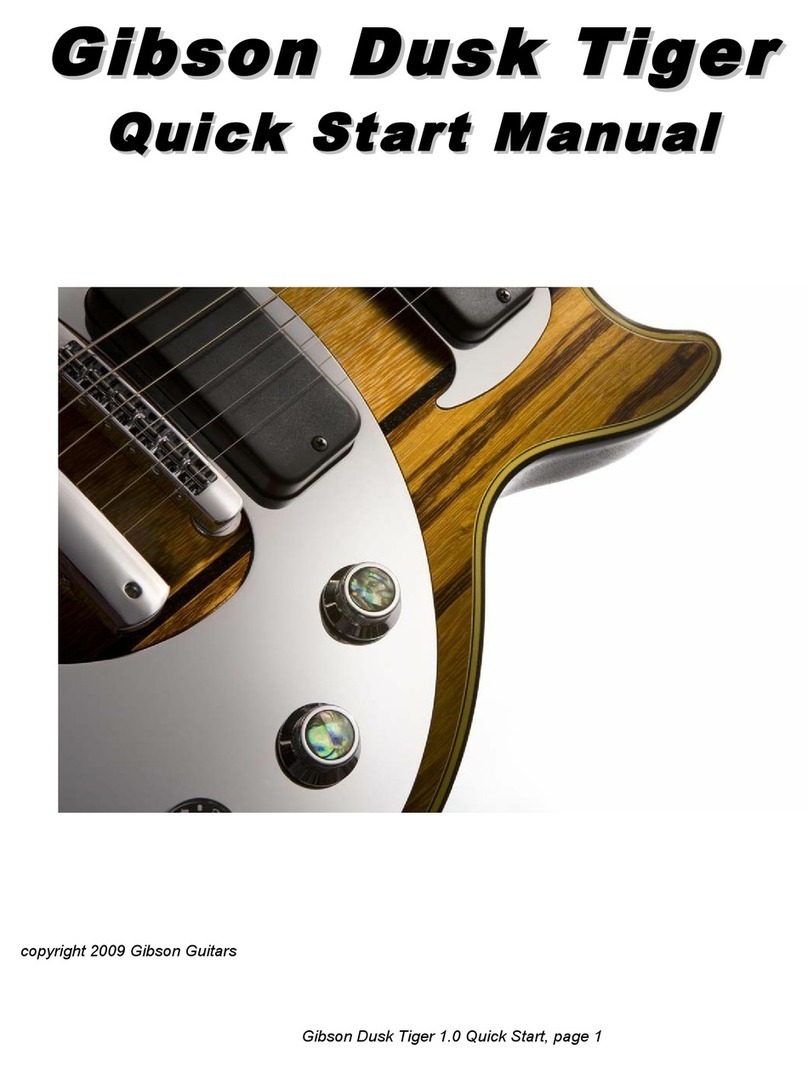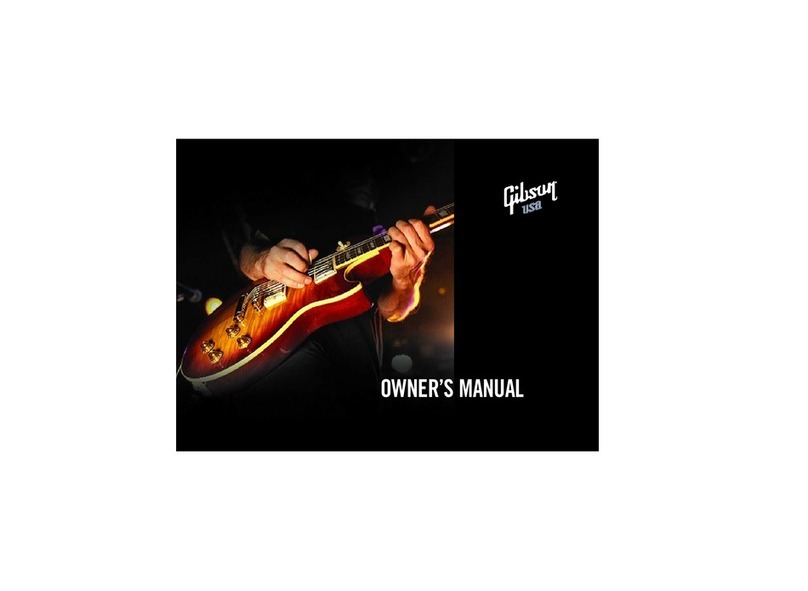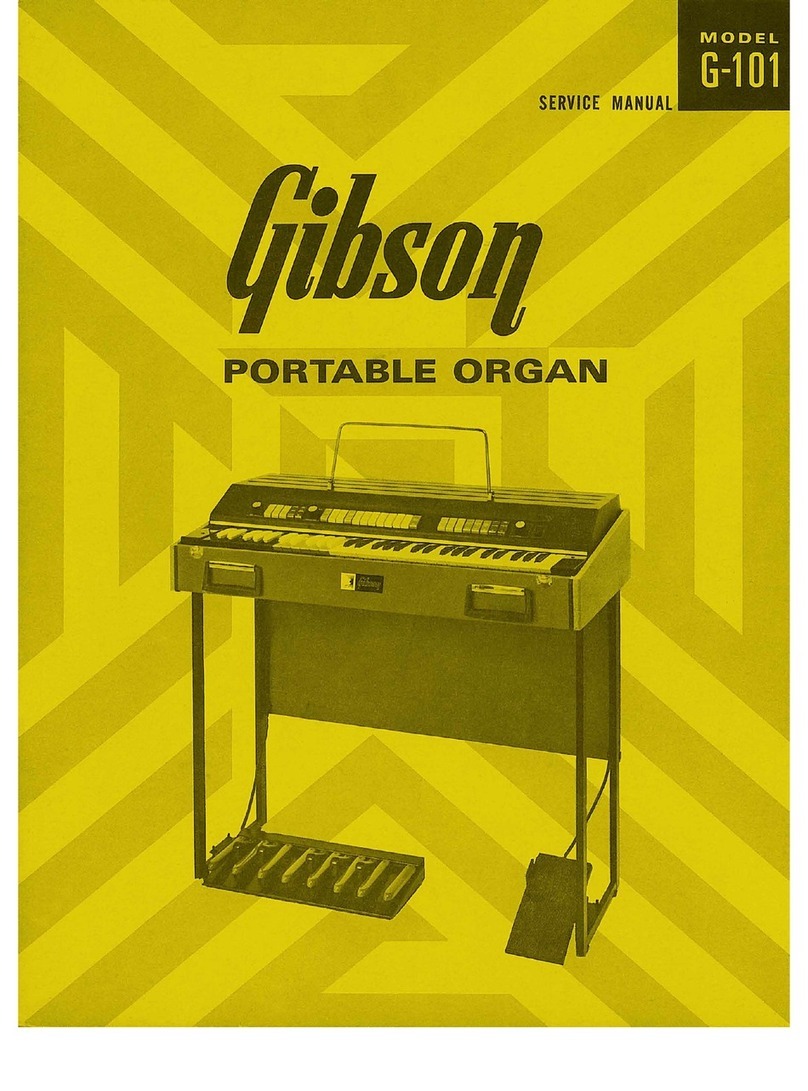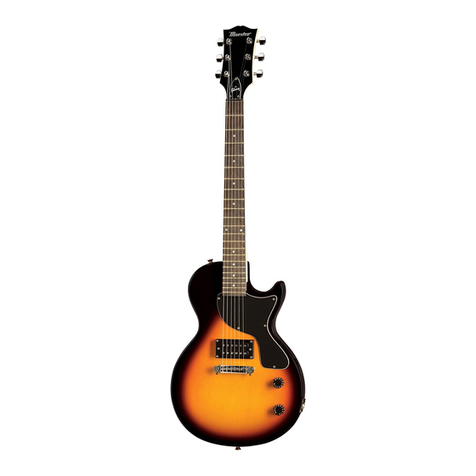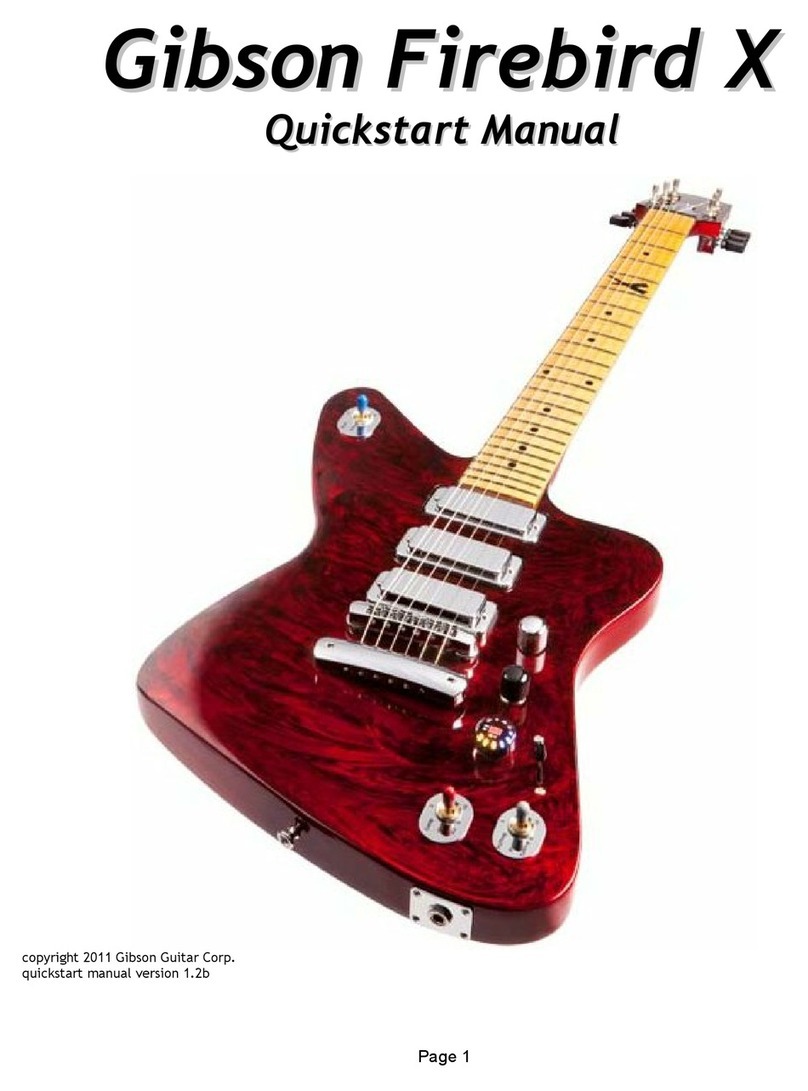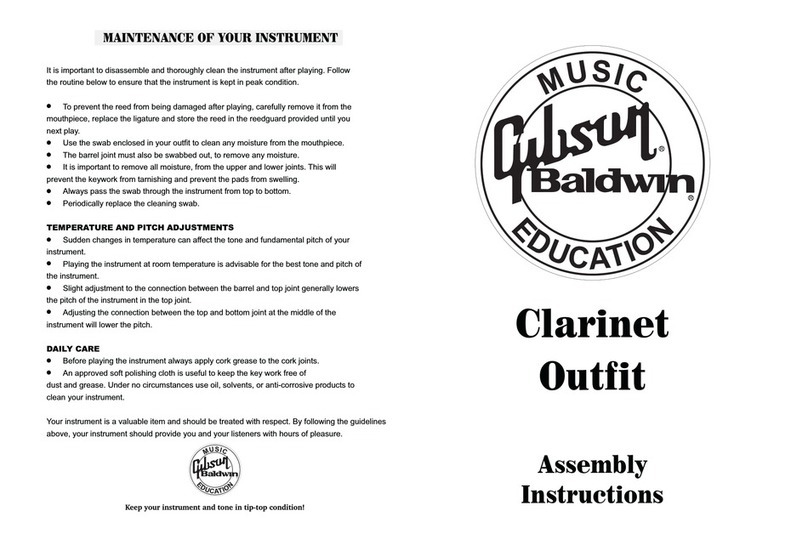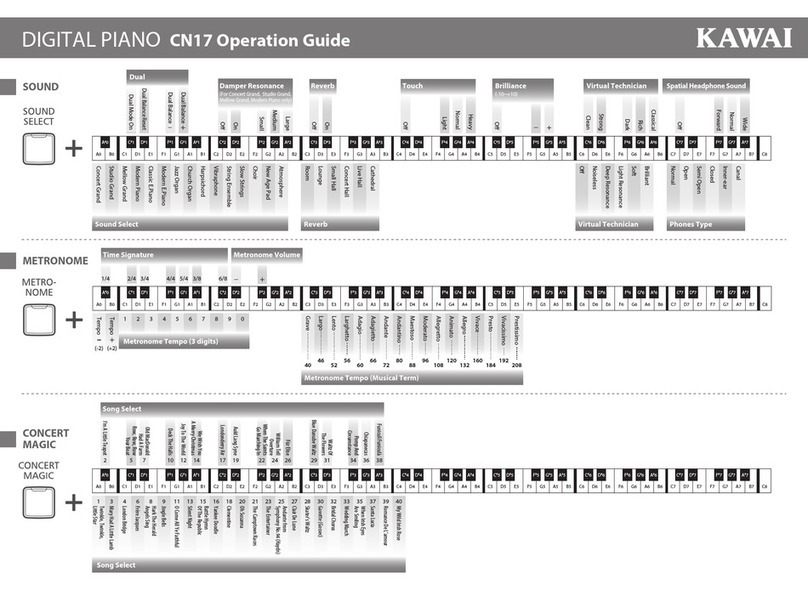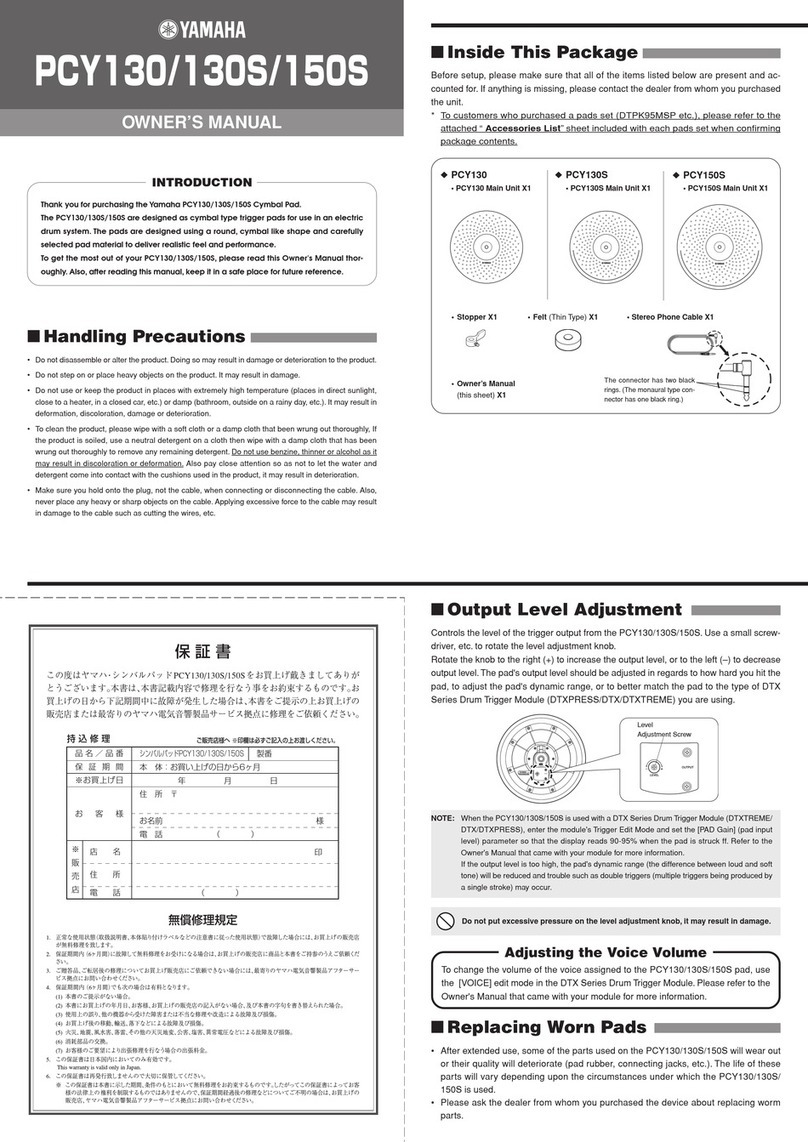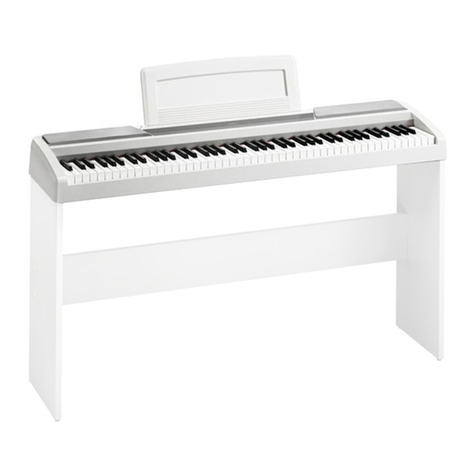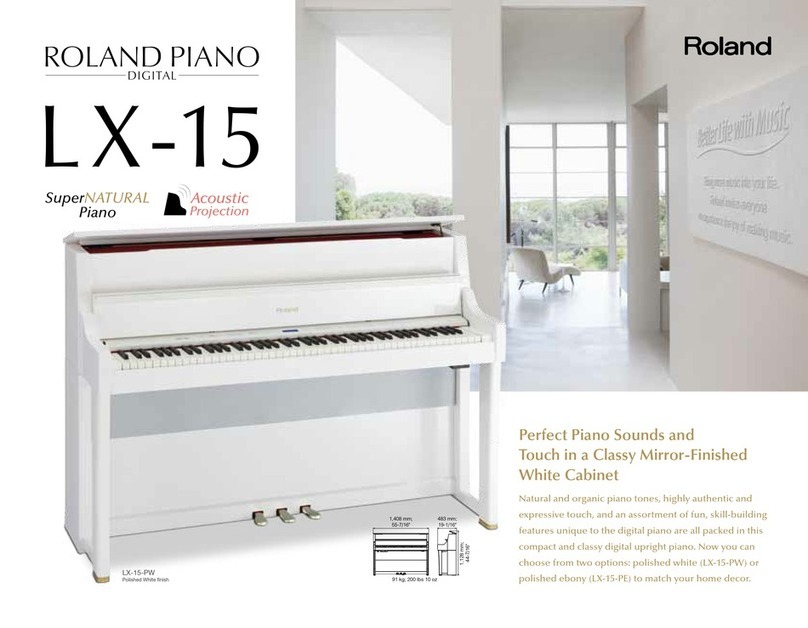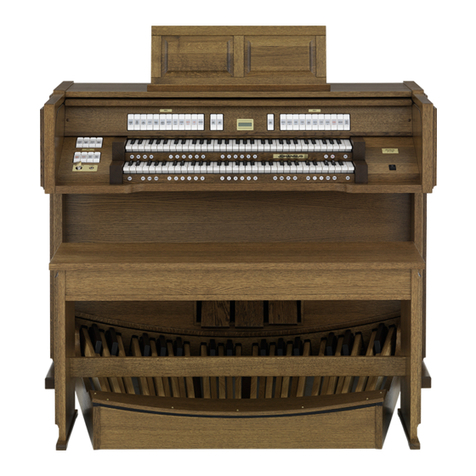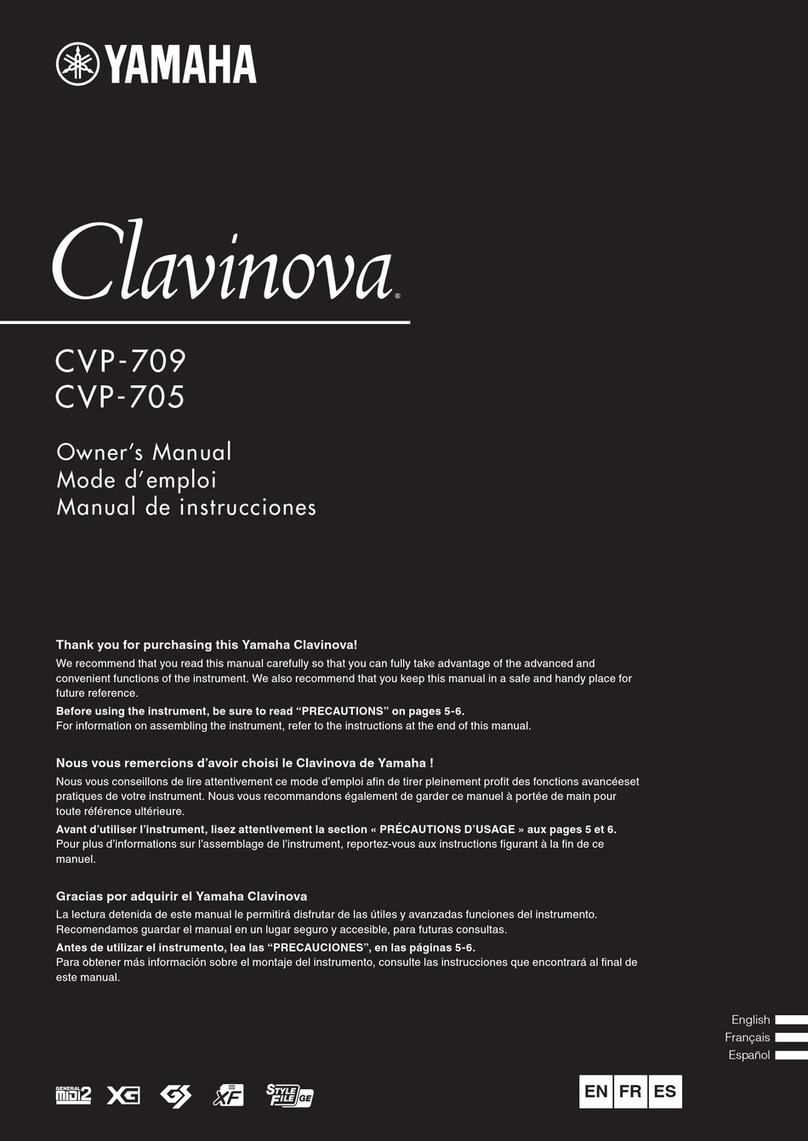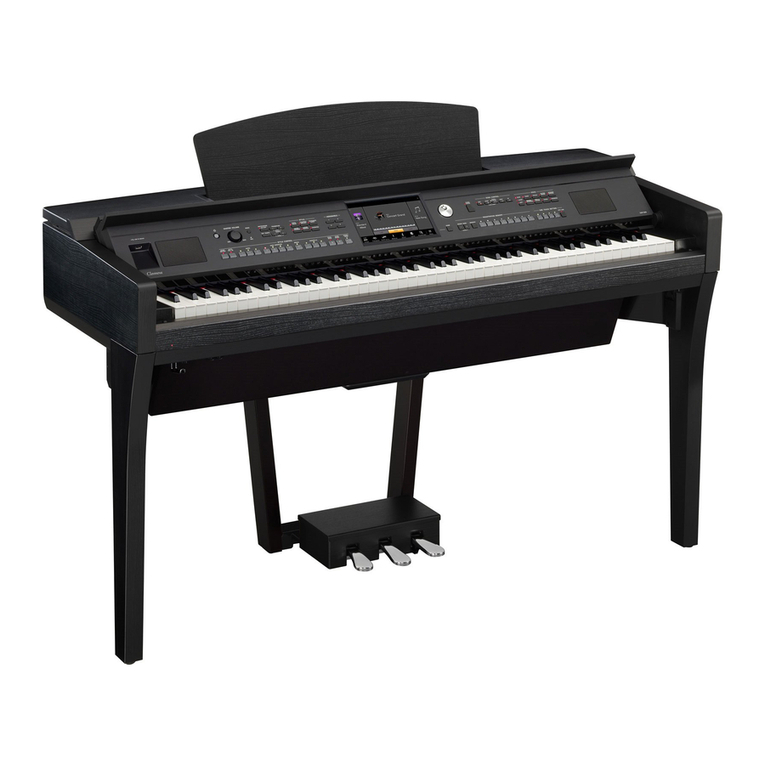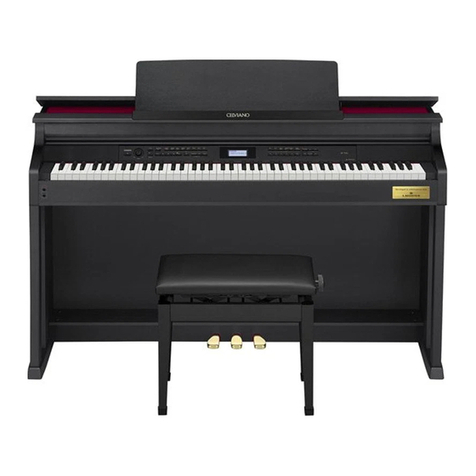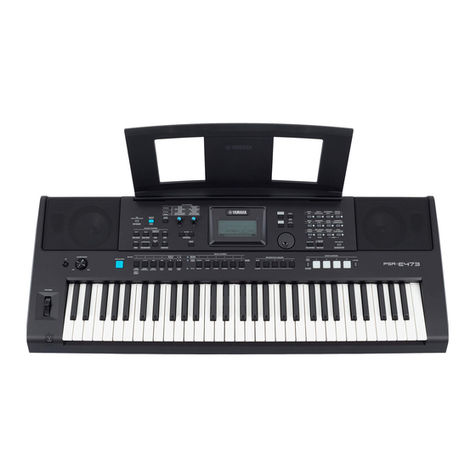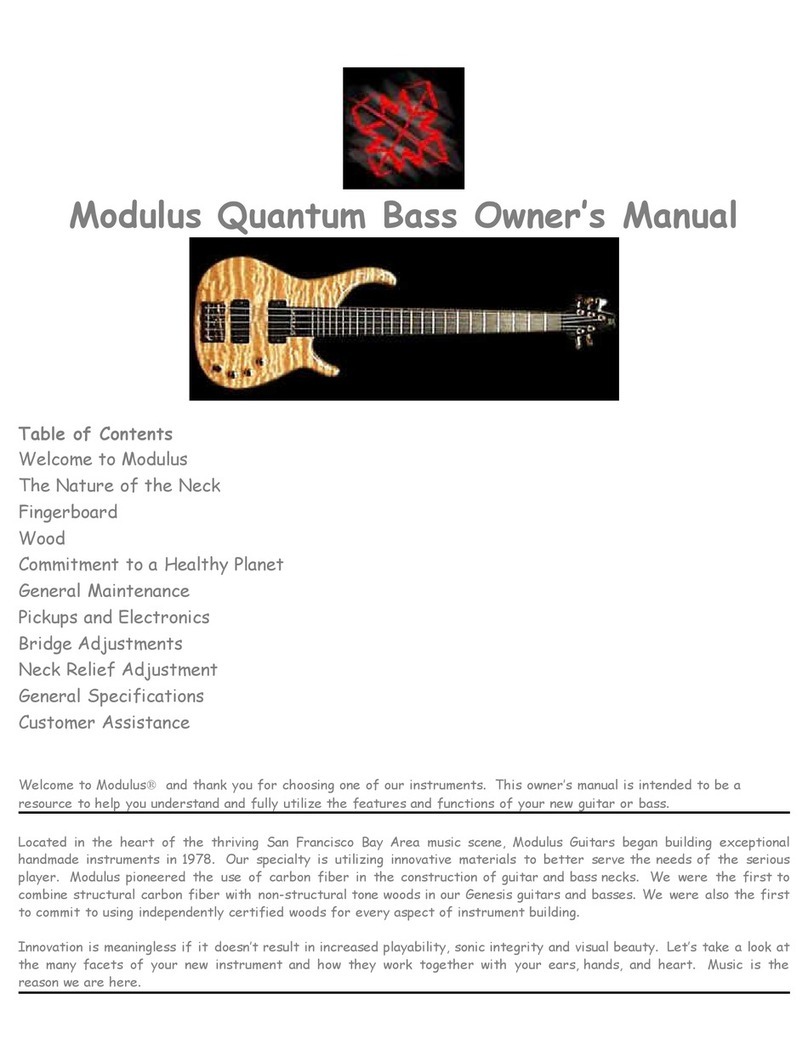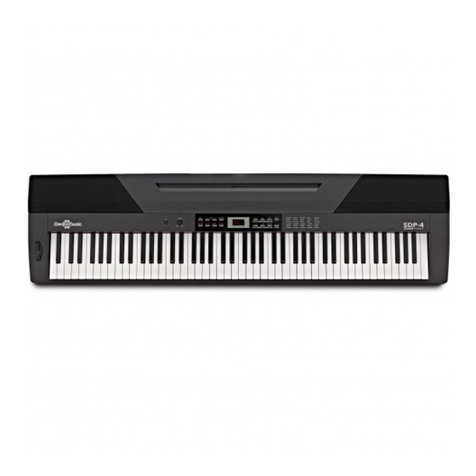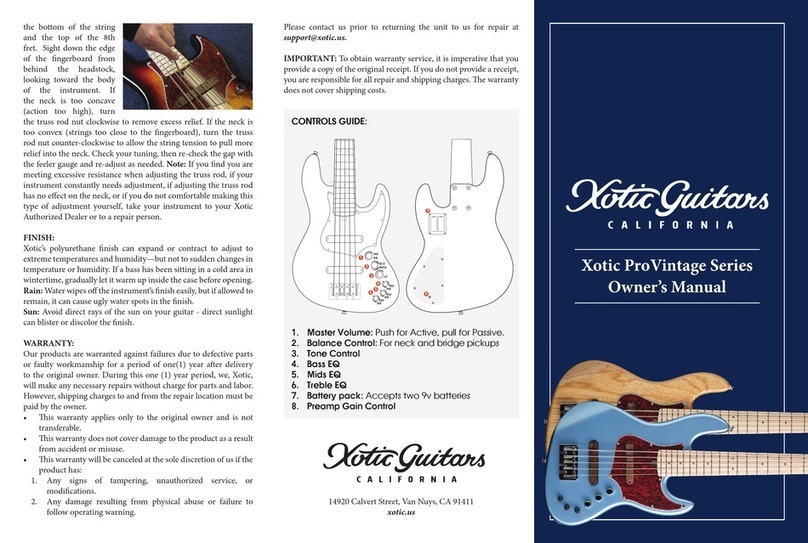A BRIEF HISTORY OF GIBSON ELECTRIC GUITARS
Gibson’s legendary acoustic engineer, Lloyd Loar, was experimenting with electric
instruments in 1924, at the dawn of electronic amplification. However, Gibson’s strug-
gle to dominate the banjo market took precedence through the 1920s, and it wasn’t
until the mid-1930s that the company once again turned its attention to electric
guitars. In 1935 Gibson’s Walt Fuller designed a pickup that was introduced on the
E-150, an aluminum-body lap steel. Early in 1936, the pickup was put in a midline
archtop model and named the ES-150 – ES for Electric Spanish, 150 for the retail
price of $150 for the guitar and amplifier set.
The original ES-150 bar pickup with its hexagonal housing is now known as the
“Charlie Christian” pickup, because it was installed on the ES-150s and ES-250s that
Christian used to establish the new concept of electric jazz guitar.
Gibson made several improvements in pickup design before World War II, although
many players still consider the “Christian” pickup to be the best jazz pickup ever
8



